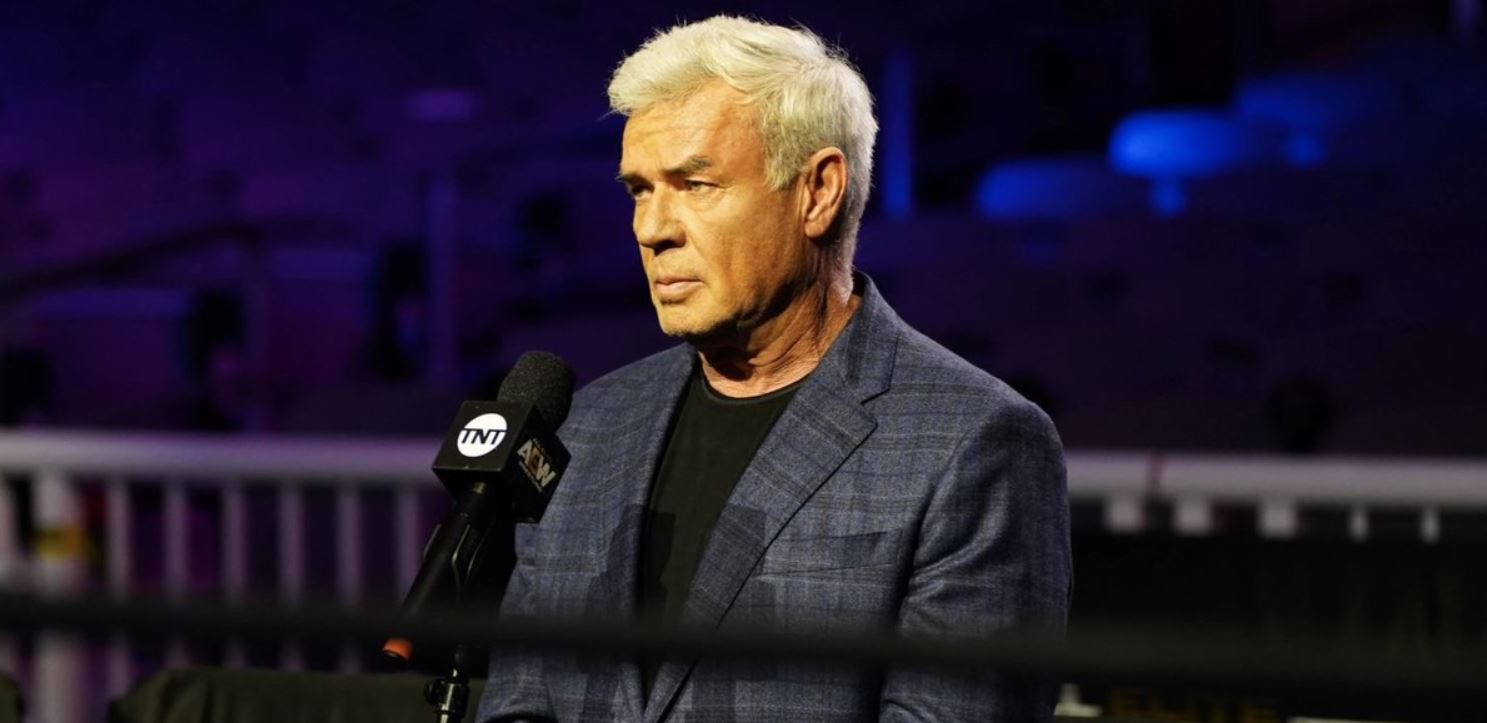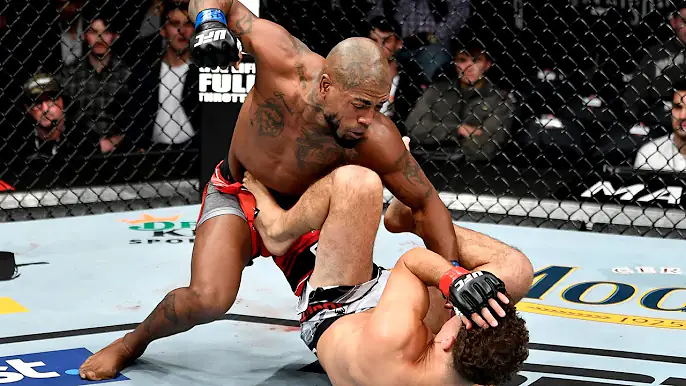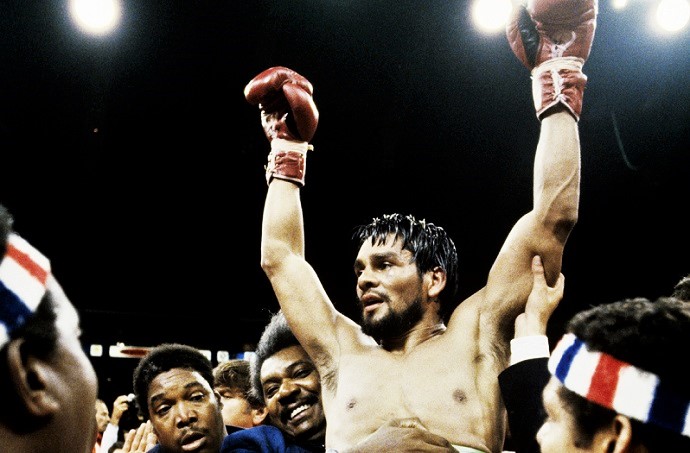The Rise Of NXT’s Black And Silver Era: How Shawn Michaels Is Redefining Developmental Wrestling
Considering it’s only been a few short years since the landscape of the brand changed more now than ever, one could make the case for WWE’s NXT having undergone as extreme of a transformation as can be. Once a competition series modeled after a game show, NXT has blossomed into a very vital developmental territory and a loved brand in its own right. And at the center of it all is Shawn Michaels, the legendary “Heartbreak Kid” himself, whose creative vision and guidance have ushered in what many are referring to as the “Black and Silver Era” of NXT.
Evolution Comes to NXT
NXT, which started a number in 2010 as a reality competition deal that’s a million miles away from what it is today. Of course, the real genesis of the brand occurred in 2012 when WWE rebooted it as their new official development area, replacing FCW2. It would go on to signal the beginning of NXT’s “Black and Gold” era—a time in wrestling history that many would later hail for its emphasis on in-ring action, rich storytelling, and fostering new talent.
The “Black and Gold” era, a period from 2012 to 2021 wherein NXT went further from a little operation at Full Sail University to, arguably, probably one of their most globally acknowledged brands. In that time, NXT garnered a reputation for electric crowds, jaw-dropping matches, and a nonstop stream of new stars making their appearance on the main roster.
It had gained loads of success, mainly due to the vision of Paul “Triple H” Levesque, as it led in the creative direction and the development of NXT talent.
Enter Shawn Michaels
Shawn Michaels began his time backstage in NXT as a trainer in 2016, respectively. By the following years, one would find Shawn Michaels becoming more entwined, including as an on-staff writer and producer who works directly under the helm of Levesque, up until 2021 upon the cardiac issues with Levesque. His elevation to chief creative force actually happened in September 2021.
The ascension of Michaels to leadership coincided with one of the most pivotal moments in NXT history. WWE had irrevocably decided on rebranding the brand from its status as a third major brand back to its original function—a developmental territory. This shift both burdened and offered opportunities for Michaels, as he was tasked with redefining NXT’s identity and reconfiguring its purpose.
The Black and Silver Era
Under Michaels’ tutelage, NXT entered what many fans and those in the know described as the “Black and Silver Era.” It’s that stage of NXT history when it started to morph into a blend of the brand’s developmental roots and the high-quality wrestling that had become characteristic of it. He brought a fresh perspective on talent development, storytelling, and presentation of the brand.
Perhaps the most cemented change in this era of wrestling is the creation of unique, memorable characters. Drawing from his experience as one of wrestling’s most charismatic performers, Michaels has emphasized personality and character work hand in hand with in-ring talent. This has resulted in incredibly special talents such as Carmelo Hayes, Trick Williams, Bron Breakker, Cora Jade, and Tiffany Stratton.
He has also brought a more dynamic storytelling style to NXT. While the “Black and Gold” era was known for its long-term, sports-centric storylines, the “Black and Silver” era has seen a greater variety in narrative approaches. Michaels hasn’t been afraid to delve into more character-driven angles, often mixing serious athletic competition with elements of drama and even comedy when called for.
Bridging the Gap
One of the biggest successes of Michaels has been how seamlessly he has integrated main roster stars into NXT programming. This accomplishes a few things: Firstly, it gives NXT a much-needed boost in both viewership and credibility. Secondly, it provides the developing talents in NXT with invaluable learning curves as they get to be in the ring and learn from established stars. Finally, this helps to establish continuity between NXT and the main roster and truly cements NXT as a developmental brand.
The perfect example has to be Becky Lynch’s appearance in NXT, which sent the fans into a frenzy and gave NXT’s women’s division exposure that would prove to be priceless. It is things like this that allow Michaels to keep NXT relevant to the rest of the WWE while he remains focused on the purpose: talent development.
Philosophy of Talent Development
In Michaels’ bones, the foundation of his NXT is a deep commitment to nurturing new talent. Drawing from his storied career, Michaels instilled a development philosophy that lies beyond just in-ring skills. He preaches character work, promo ability, and a grasp of the psychological aspects of professional wrestling.
Many up-and-coming stars praise the hands-on approach of Michaels. He prefers to work one-on-one with the talents to find out their unique voice and style. This is much needed, as these personal mentorships are critical in helping the new wrestlers transition from the performance center to the TV-ready performers.
More than that, Michaels has been able to create an environment where the talent feels free to contribute ideas and come up with ownership of their character. This has resulted in even more realistic and captivating performances from the wrestlers since they are allowed to incorporate their real personas into those performed on screen.
Innovative Programming
With Michaels at the helm, NXT has continued to push boundaries in relation to the type of programming it produces. The introduction of new match types has been coupled with original storytelling devices and fresh presentation. He did not shy away from trying more things, knowing that the position of NXT as a developmental brand allows for a certain degree of creative risk.
One of the most successful innovations is the NXT Level Up program, which gives those developing talents a little more experience and exposure. This has become an integral part of the ecosystem at NXT, giving time for wrestlers to hone their skills in a slightly less pressurized environment before making their way to the main NXT program.
Overview of Challenges and Criticisms
While there have been several successes of the “Black and Silver” era, Michaels’ tenure has had its fair share of criticisms and detractors. Longtime NXT viewers often find themselves with a sense of nostalgia for “Black and Gold,” which felt more like indie wrestling, something that truly set NXT apart at the height of its popularity.
There have also been question marks regarding the balance between developing new stars and the use of established main roster talent. The inclusion of main roster stars has been well received for the most part, though there is some concern that this may overshadow emerging talents.
This is where Michaels has spoken out about the situation, stressing that the main purpose of NXT is still to develop talents. He mentioned that involving the stars from the main roster was only with much consideration in an effort to enhance the growth and not bring it down.
Future of NXT
With Michaels at the helm, the future indeed is bright for WWE’s developmental brand. Success on the main roster by recent NXT graduates speaks volumes about Michaels’ approach to talent development. Stars such as Rhea Ripley, Austin Theory, and Bianca Belair have all made tremendous impacts within Raw and SmackDown, lending merit to NXT’s reputation as a star-making machine.
Going forward, Michaels supports the expansion of NXT into new territories. They’re setting up the launch of NXT Europe in 2023, a strategic vision for the globalization of the brand NXT and opening up new opportunities for international talents.
Conclusion
Shawn Michaels’ leadership has ushered in a new era for NXT, one that salutes the brand’s developmental roots while pushing the boundaries of what a wrestling show can be. The “Black and Silver” era represents an audacious reimagining of NXT’s place inside the WWE ecosystem by meshing high-caliber in-ring action with innovative storytelling and character development.
With his creative vision, hands-on mentorship, and willingness to take risks, Michaels has managed to redefine what it means to be a developmental wrestling brand in this modern era. And as NXT continues to evolve and expand under his guidance, it remains the most important pipeline for new talent and an exciting, must-watch product for wrestling fans around the world.
The success of the “Black and Silver” era is a testament to how Michaels adapted and innovated, his legendary in-ring career shaping the future of professional wrestling. As NXT moves into the future, it carries along with it an indelible stamp placed by the Heartbreak Kid, promising a future as bright and dynamic as its illustrious past.


















